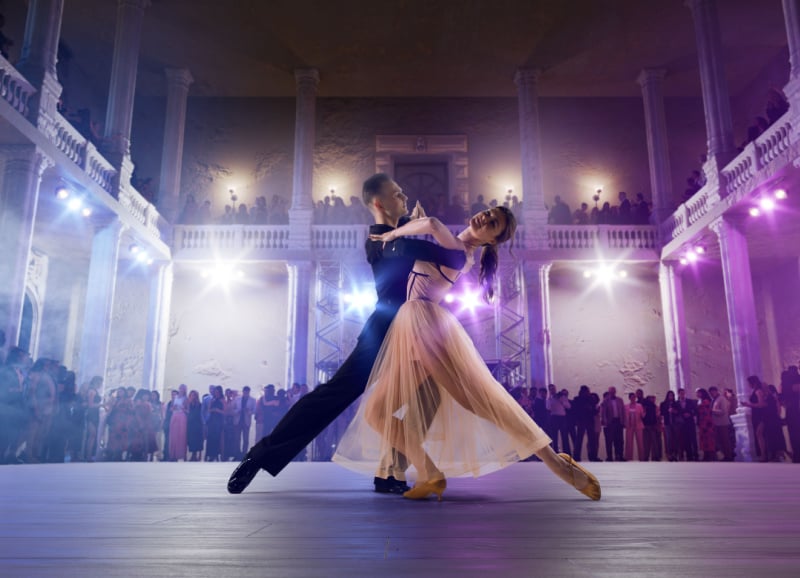Anyone can move their body to music or even learn the latest trending TikTok dance, but if you want to get deeply involved in the world of dance, you’ll quickly discover that there’s a specialized vocabulary to describe what happens in the studio or on stage. Depending on the type of dance that interests you, you might even find that some of the terms used aren’t in English: Ballet in particular is known for describing movements using French terms. But you don’t have to learn an entire second language to get into dancing. Whether you aspire to perform in a theater someday or just want to better understand what you’re seeing on stage from your seat in the audience, picking up a few key terms can help you to become more knowledgeable about what goes into a dance.
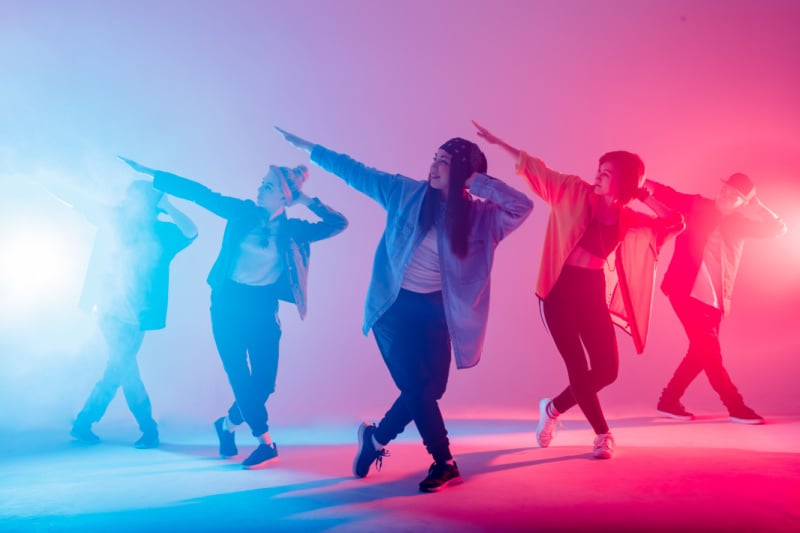
Abstraction: Choreography that is not intended to tell a story
Accumulation: Choreography that successively adds movements to existing movements
Adagio: Movements that are slow and fluid
Artistic Intent: The main idea of a piece
Axial Movement: Movement of the body while remaining in one place
Ball Change: A quick transfer of body weight from one foot to the other
Ballet: A classical dance style emphasizing elaborate gestures and graceful movement

Belly Dance: A Middle Eastern dance style involving complex torso movements that require highly focused muscle control
Body Placement: How all of the parts of the body are positioned and carried
Canon: A section of a dance in which dancers perform the same set of movements at different times; the equivalent of a round in music
Choreographer: The person who designs and plans all of the movements of a dance to create a complete work
Contemporary Dance: A fluid style of dance that incorporates elements of modern dance, jazz dance, and ballet
Contraction: Curving the spine forward
Contra Dance: A folk dance performed by lines of couples
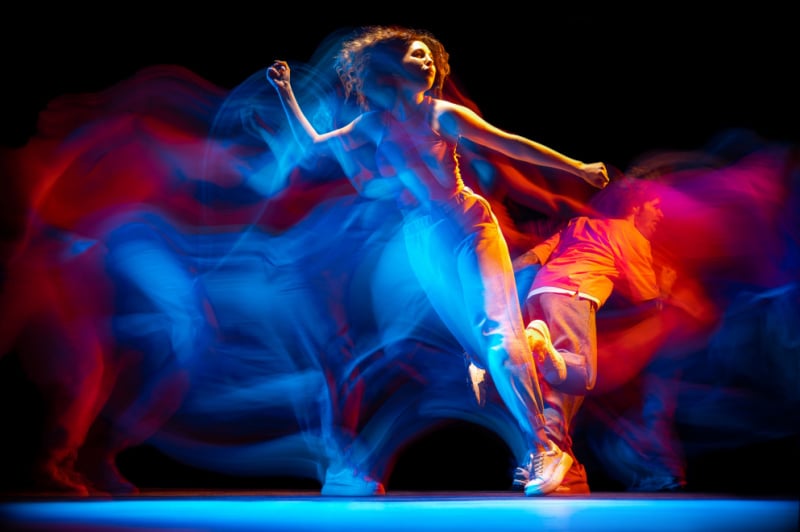
Counterpoint: Two or more different pieces of choreography executed together
Critique: A written analysis of a performance
Dance Style: Dancing that uses a particular type of movement, arrangement of dancers, and/or style of music
Duple Meter: Dance executed in a meter that’s divisible by two (either two beats per measure or a multiple of two, as in 4/4 or 2/2)
Effort Economy: Moving only the parts of the body that need to be moved
Energy: The intensity and type of force used to execute a movement
En Pointe: Dancing on the tips of the toes
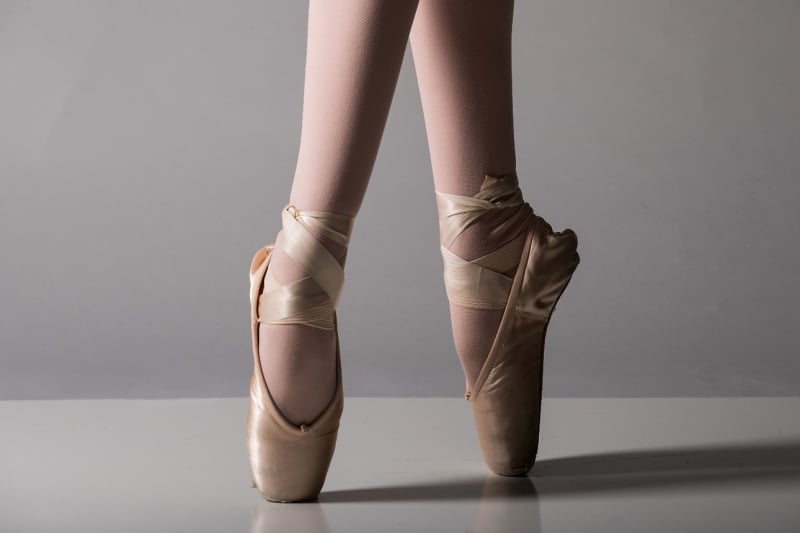
Facings: The directions in which dancers’ bodies face relative to other dancers or a part of the theater
Flamenco: A Spanish dance style characterized by rhythmic stamping of the feet and broad, expressive arm movements
Folk Dance: A traditional dance that’s part of the culture of a community
Gesture: A movement that does not require the dancer to shift their body weight
Ground Bass: A piece of choreography where a group executes simple moves in the background while a soloist performs more complex moves in front of them
Hip-Hop Dance: A style of dance that’s usually performed to hip-hop music and includes breakdancing
Interpretation: The meaning communicated by a dance
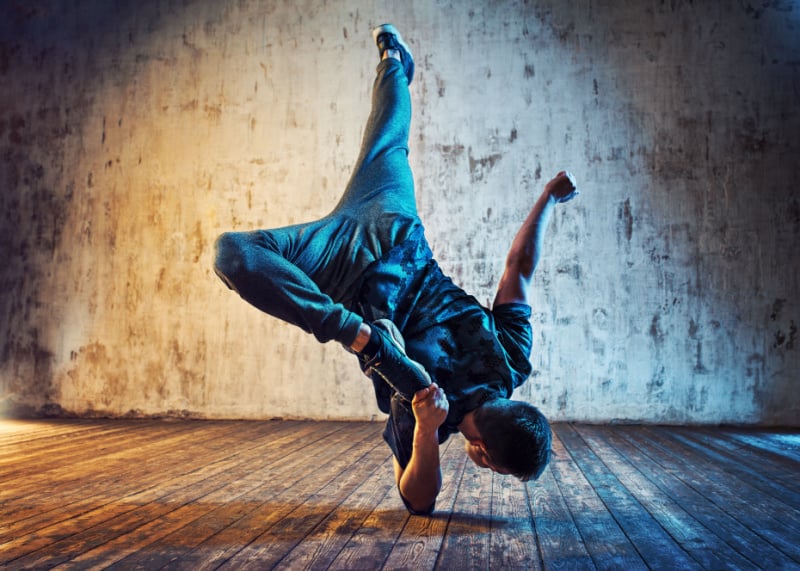
Inversion: A movement or set of movements executed upside down
Irish Dance: A style of dance that involves rapid foot and leg movements and very little movement above the waist
Isolation: A movement of a single part of the body
Jazz Dance: An energetic dance style that includes intricate footwork, quick turns, and jumps
Jazz Hands: Positioning both hands so that the fingers are splayed
Jump Shape: The shape the body forms in the air during a jump
Kinesthetic Awareness: A dancer’s awareness of the positions of their body and others’ bodies in space
Leitmotif: A repeated movement or group of movements that helps to convey the theme of the dance
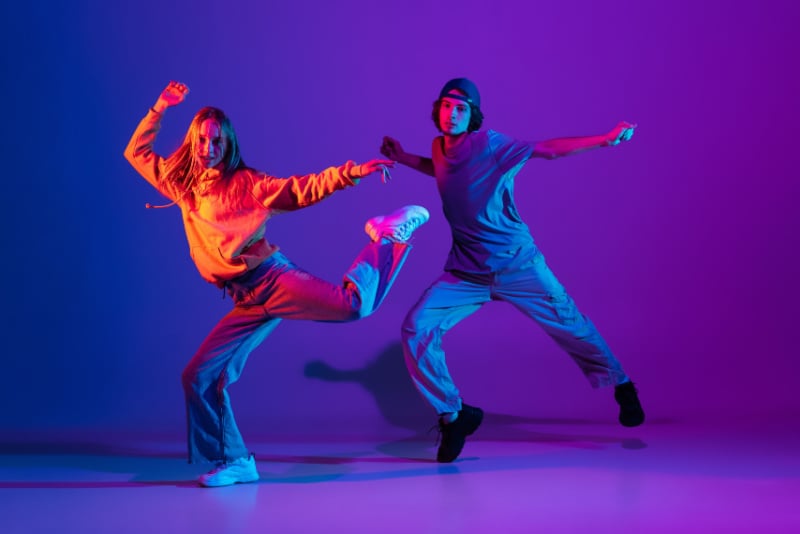
Locomotor Movement: Movement of the body from one place to another
Modern Dance: An expressive style of dance that focuses on conveying intense emotions through body movements
Negative Space: The empty space around the dancers
Pas de Deux: A duet
Pathway: The path that a dancer takes to get from one spot on the stage to another
Retrograde: A piece of choreography executed in reverse
Rondo: A piece of choreography that contains one repeated section alternated between at least three different sections (i.e., ABACADA)
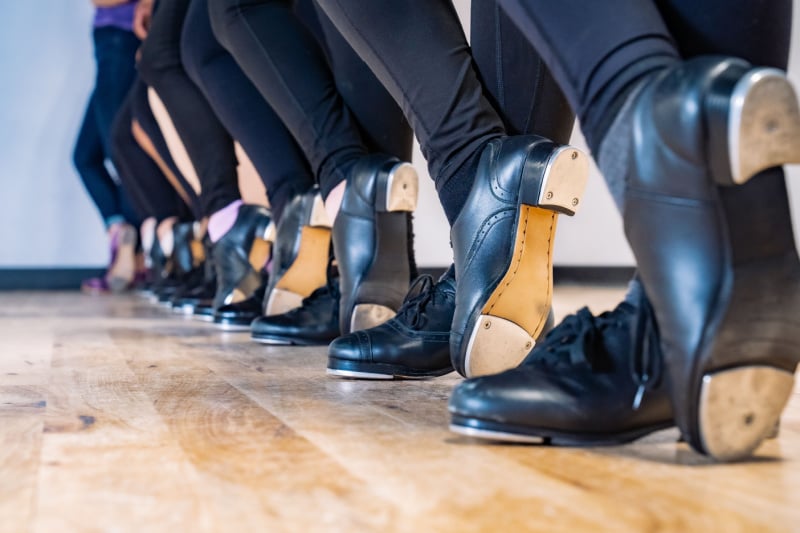
Score: A written document describing the movements of a dance
Tap Dance: A dance style focused on footwork that creates an audible rhythm made by the clicking of the dancers’ heels and toes on the ground
Tempo: How fast or slow the music is in beats per minute
Theme: The dominant idea conveyed by a piece of choreography
Triple Meter: Dance executed in a meter that’s divisible by three (either three beats per measure or a multiple of three, as in 3/4 or 3/2)
Waltz: A ballroom dance in triple meter
